I was pretty lucky today. Out of the hotel, across the kid’s park and asked the first bus driver how to get to Guernica. She said “give me €2.50 & I’ll take you there”.
Once off the bus I noticed that a group of older tourists reading the same wall map as I all were from America so I tagged along their tour to the government building then off on my own.
3 hrs later I had seen all I wanted to see and was back on the bus.
The German bombers appeared in the skies over Guernica in the late afternoon of April 26, 1937 and immediately transformed the sleepy Spanish market town into an everlasting symbol of the atrocity of war. Unbeknownst to the residents of Guernica, they had been slated by their attackers to become guinea pigs in an experiment designed to determine just what it would take to bomb a city into oblivion. This was a result of the alliance between Hitler & Franco, the Spanish dictator. Franco needed to make a point and Hitler needed to test out his Luftwaffe. Although only 200-300 perished the intent, using incendiary bombs burning at 2500° was to instill terror.
http://www.eyewitnesstohistory.com/guernica.htm
The local church stood out up on a hill
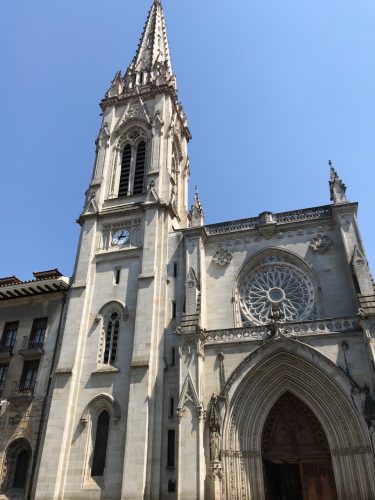
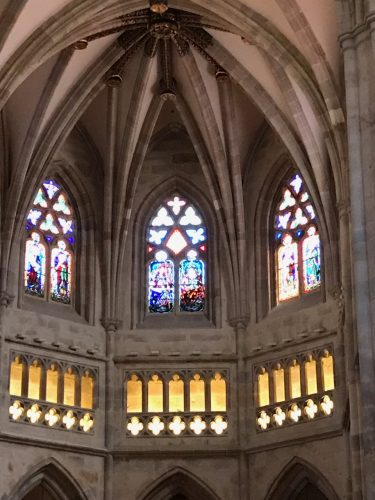
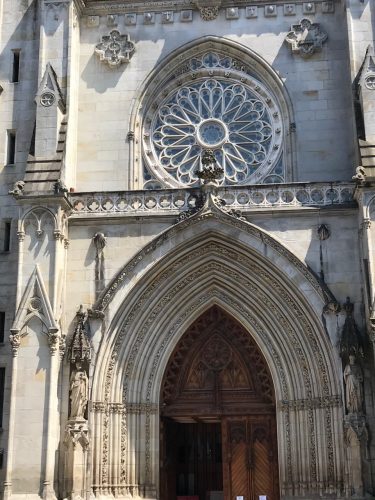
In the Basque region, as in Catalonia, there is a separate police force from the Spanish one.
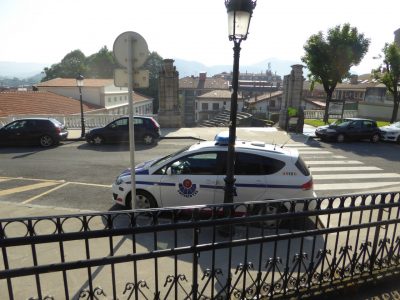
The local square
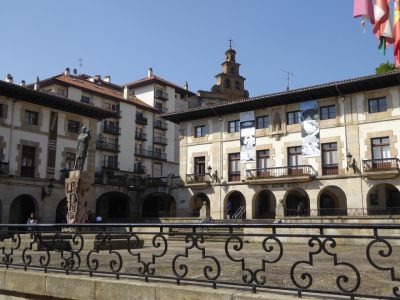
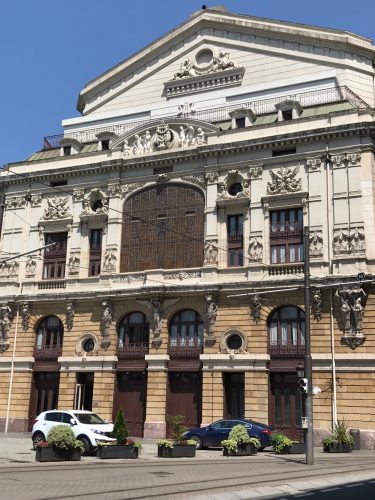
The market in Guernica was the target of the bombing. Today it was filled with fresh foods, flea market stuff and live veggies for the garden
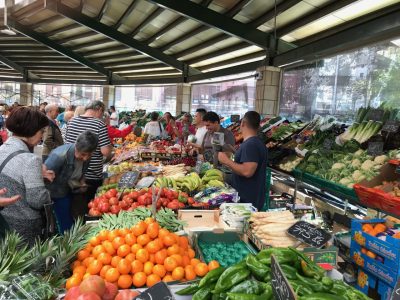

Remembering to look up, I spotted this
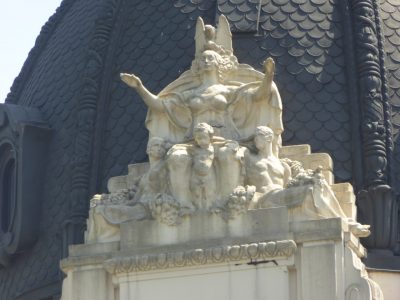
Gernikako Arbola (“the Tree of Gernika” in Basque) is an oak tree that symbolizes traditional freedoms for the Biscayanpeople, and by extension for the Basque people as a whole. The Lords of Biscay (including kings of Castile and Carlistpretenders to the throne) swore to respect the Biscayan liberties under it, and the modern Lehendakari of the Basque Countryswears his charge there. (Wikipedia)
These are the central government offices for the Basques towns. The Casa de Junta. The Basque Parliament is the oldest in the world.
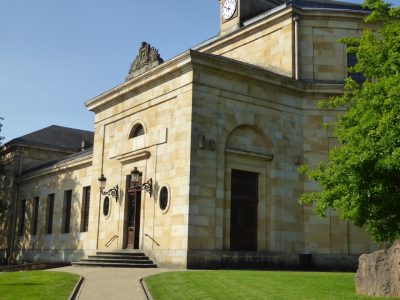
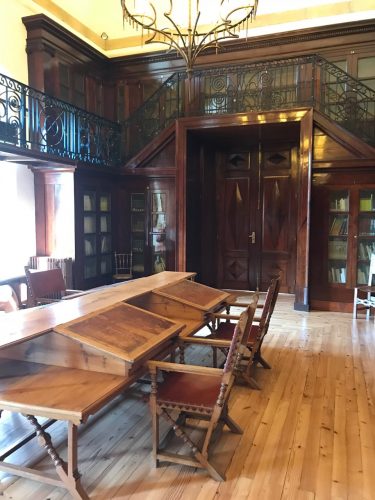
With this well shaded sundial on the exterior wall
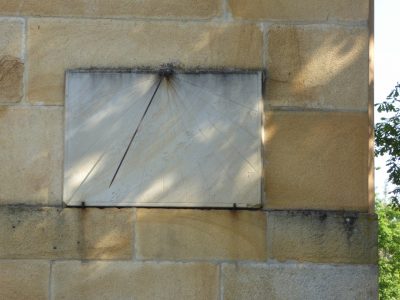
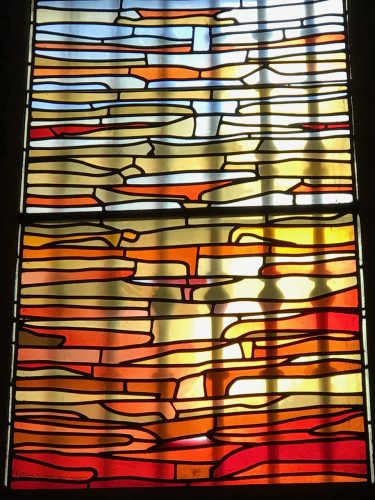
Roof of main assembly room
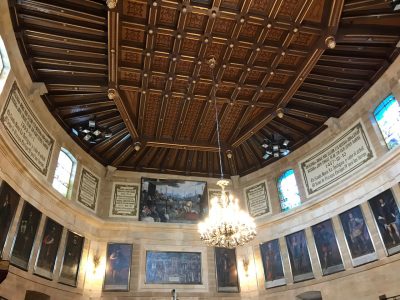
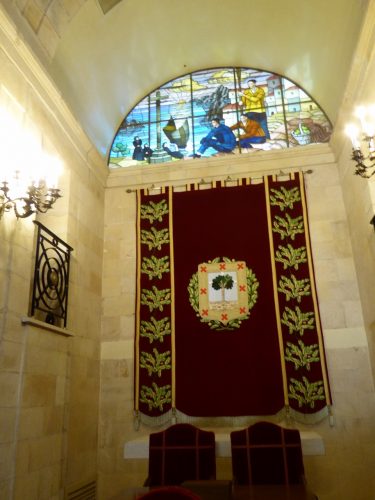
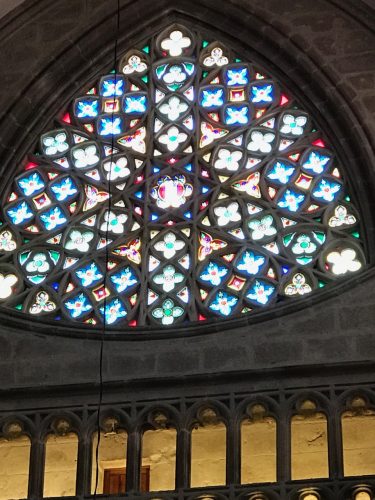
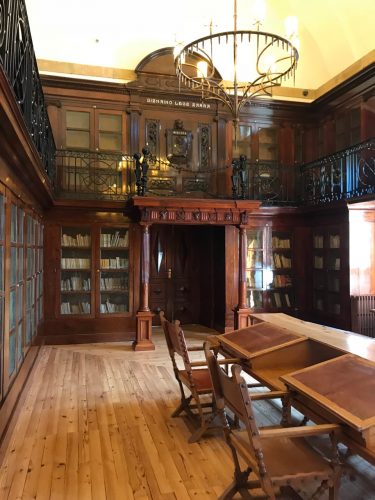
And in the main room the ceiling is filled by this stained glass of the Oak tree, symbol of Basque independence.
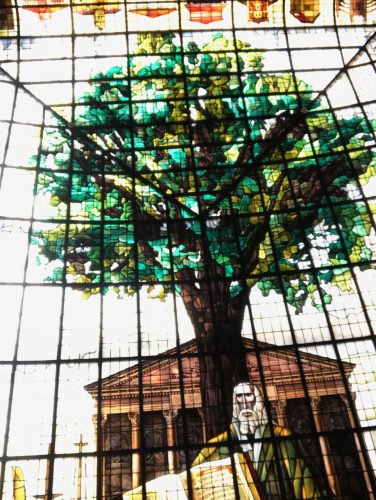
Photos can’t really do it justice
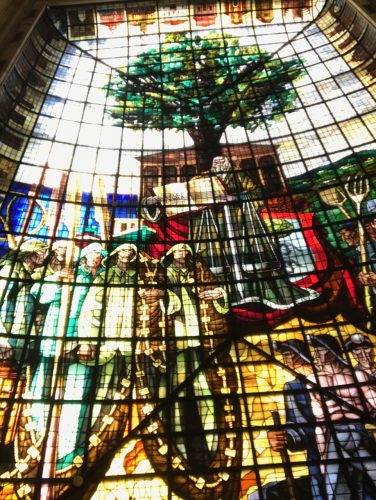
A progeny of the original oak the original was planted in the mid 1300’s
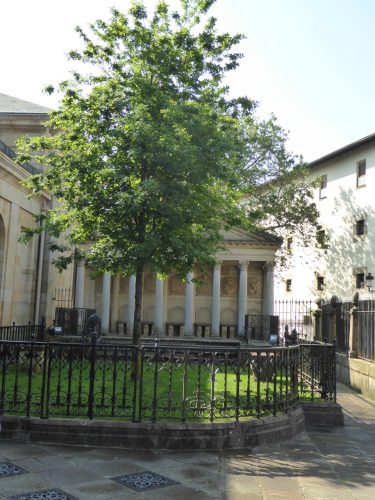
Unfortunately, I somehow failed to identify either the subject of this paining or the statues that follow.
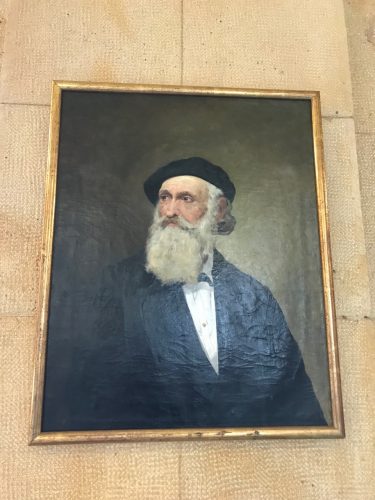
And, yes, I resisted buying the hat.
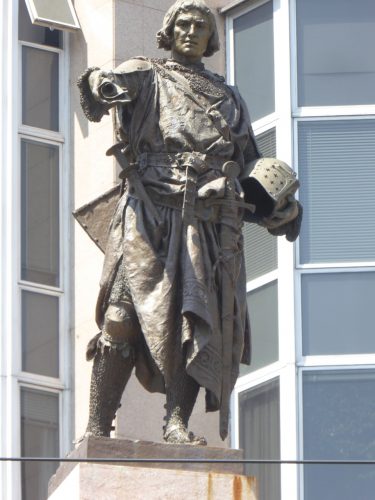
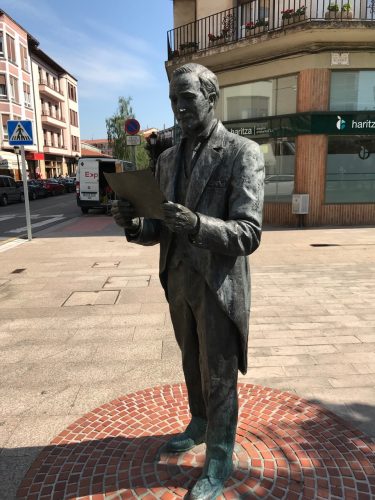
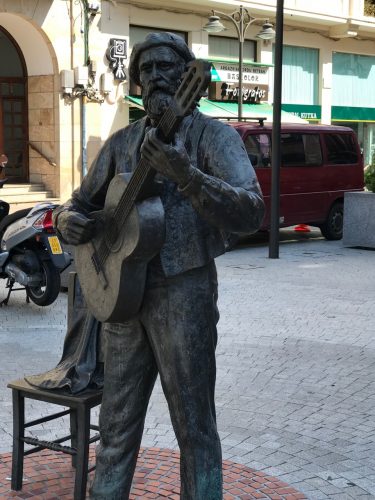
And I have no idea what this is about
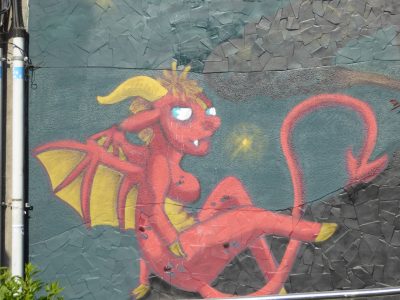
Without a doubt the most famous symbol of the terror, death and destruction caused by fascists in 1937 Guernica is this art by Pablo Picasso. These are done on tiles for an outdoor exhibit, the original 11 x 25′ is in Paris where Picasso was living at the time.
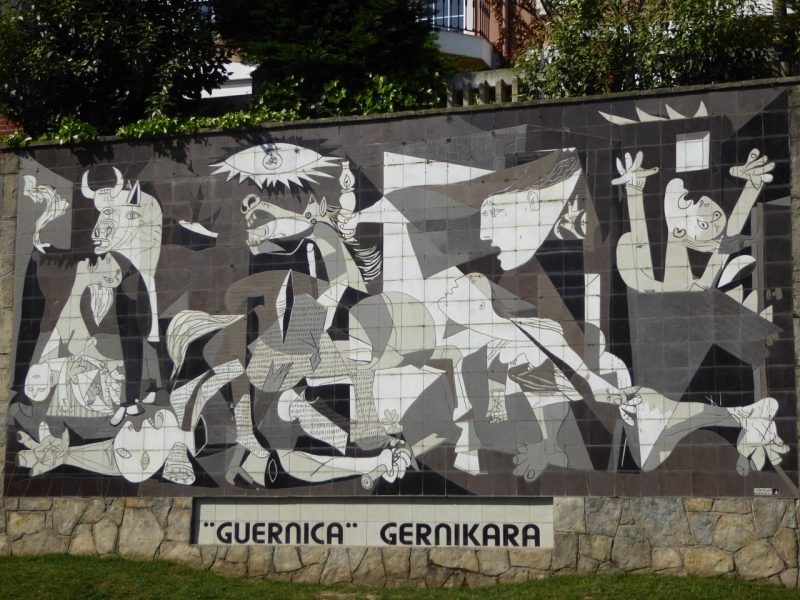
{ 0 comments… add one now }